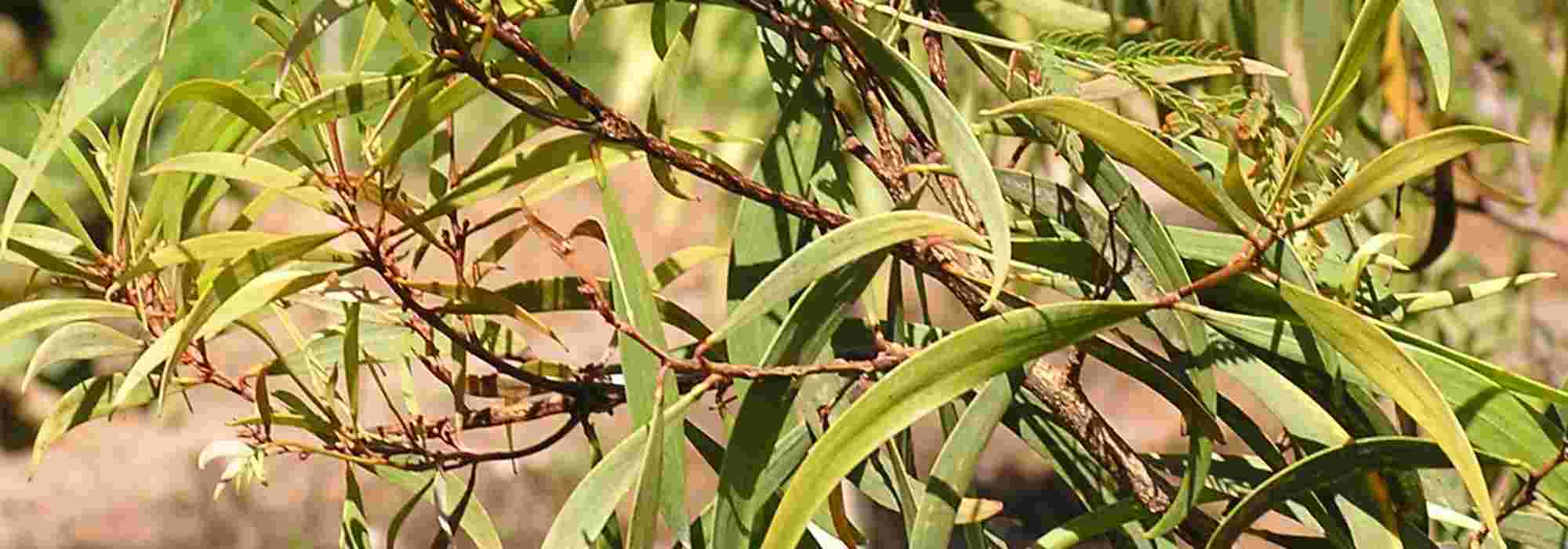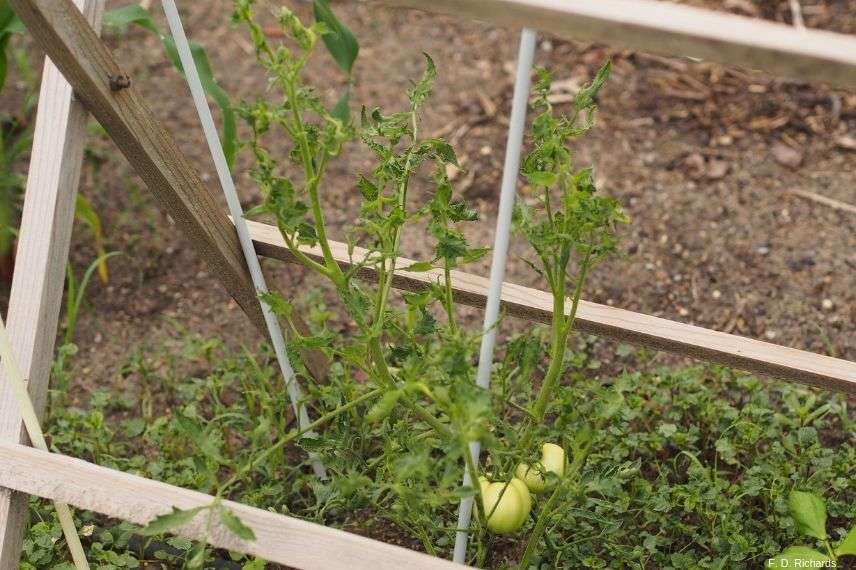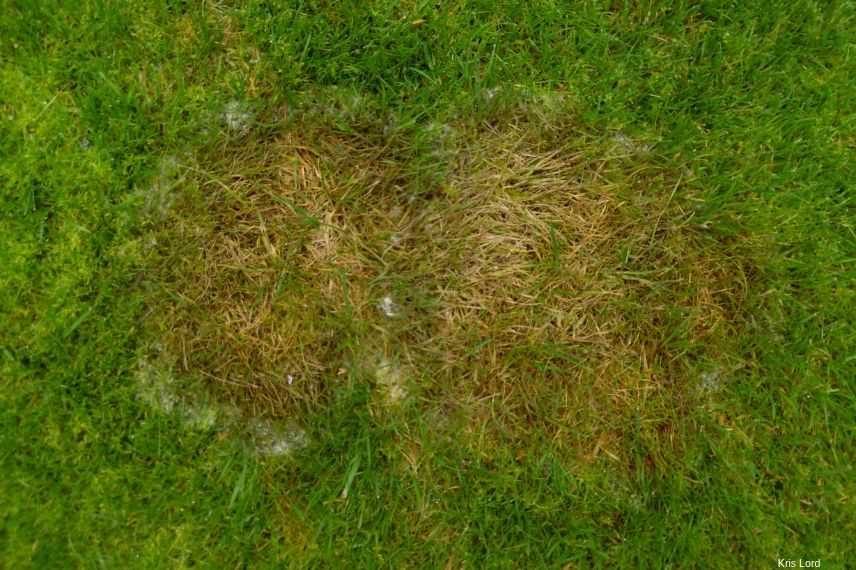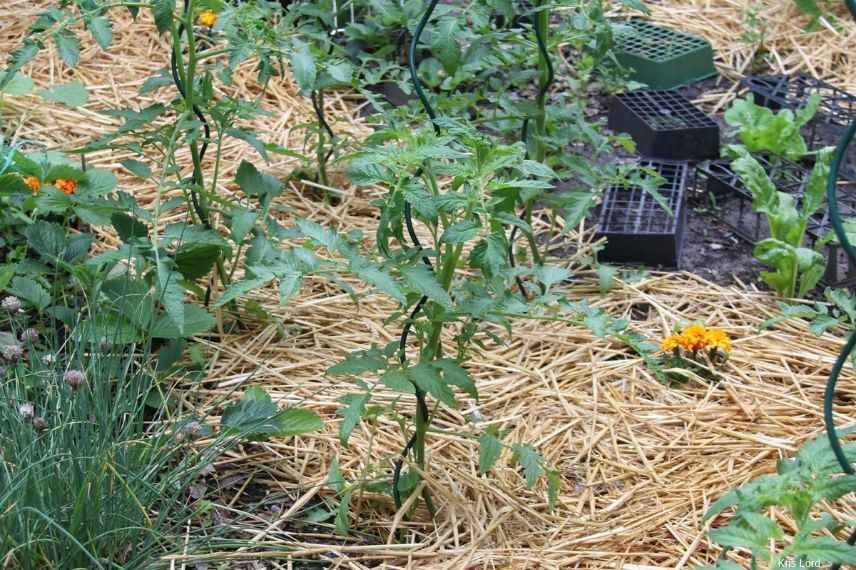
Fusarium wilt : prevention and treatment
Vegetable patch and garden
Contents
Fusariosis is a fungal disease caused mainly by two genera of fungi Fusarium and Microdochium. These are often specific to a genus or a family of plants, for example Fusarium oxysporum f. sp. dianthi, which attacks only carnations, and Fusarium oxysporum-gladioli, specific to gladioli… They mainly affect tomatoes, asparagus, potatoes in storage, cereals and many ornamental plants such as carnations, gladioli, tulips and oxeye daisies. The fungus acts by blocking or destroying the sap-conducting vessels and persists in the soil for several years, so change soil or avoid planting the same family of plants for at least 4–5 years.
Which species are susceptible to Fusarium wilt?
Plants susceptible to Fusarium wilt are generally herbaceous plants, annual or perennial, found in both vegetable and ornamental gardens.
La tomato, aubergine, asparagus, leek, melon, beetroot, spinach, bean, pea as well as cereals, the lawn are affected during cultivation, while potato and some bulbs often show symptoms during storage.
Among ornamental flowers, Fusarium wilt is considered the most serious disease of carnation (destruction of 50% of carnation production in France between 1960 and 1970), gladiolus and China aster (Callistephus). It also affects certain varieties of tulip, dahlia, narcissus and lily…
Fusarium wilt is also found in the Canary Island date palm in all countries where this species grows, including France.

Fusarium wilt: early drying of a tomato plant
Read also
Verticillium wiltHow to recognise Fusarium wilt?
General symptoms are fairly similar from one plant to another – bulb rot or progressive wilting of foliage from the base – but some variations appear when examined in detail.
Recognising a bulb or tubercle infested by fusarium
- With gladiolus, bulb rot appears as depressed brown spots of varying darkness, often with a wrinkled surface, penetrating deeply into tissues and located mainly near the bulb roots. Core of bulb is rotten as are conducting vessels. Sometimes bulbs turn entirely brown and become mummified depending on storage conditions. Fungus mycelium can overwinter in a bulb that appears healthy.
- With potato, during storage depressed brown spots covered with white mould develop into a dry rot associated with an unpleasant smell. Tubercle hardens and becomes mummified.
- With tulip, as soon as bulb is lifted a soft rot with an acidic odour occurs at base of bulb, which hardens and becomes mummified during storage if conditions are favourable (high humidity, warmth).
Recognising a plant infested by fusarium
- Yellowing of shoots and leaves starts at base of plant, often on one side, then moves up the plant which finally wilt and dry out.
-
- With tomato, plant drying is accompanied by brown-pink spots on stems and a flame-shaped canker several centimetres long that forms on one side, while the collar browns and fruits dull. When you pull up the plant, you observe on a transverse section the browning of conducting vessels, brown lesions and roots beginning to rot.
- With melon, veins of leaves yellow before the lamina curls and dries, giving off a honeysuckle scent, with stems bearing brown necroses. Plant dies.
- With asparagus, old stems yellow and dry while base of new stems reddens causing their collapse. A white felting covers roots when lifted.
- With Shasta daisy and aster, base of stems blackens then plant wilts and becomes covered with a pinkish-white felt.
- With carnation, leaves and flowers wilt progressively from bottom to top, resulting in shoots curved into a crozier and then small cushions ranging from yellow to red appear.
- With lawn, patches appear within the short grass meadow, dry and become pinkish then white in wet weather or after winter. This is called cold fusarium.

Appearance of fusarium on the lawn
- With the Canary Island date palm, Fusarium oxysporum f. sp. canariensis, the largest fronds dry out on one side while rachis becomes brown-red. Symptoms spread towards crown of tree sometimes reaching the heart and causing death of specimen.
-
Factors favouring Fusarium disease
Fusarium is a fungus common in soil or non-sterilised potting mixes. It usually breaks down dead organic matter but in certain conditions it becomes parasitic. It persists for several years as resistant spores then enters through roots or via wounds on foliage or stems. It can therefore be spread easily by pruning tools, so remember to disinfect them between each plant, and also via seeds.
Good to know:
Among the numerous species of Fusarium, only a few are pathogenous agents. Some can produce mycotoxins, substances produced by the fungus that are toxic to animals at low doses. Consuming plants or fruit affected by the disease can be dangerous!
Yield risks vary according to weather conditions and species and varieties concerned. In cereal crops such as wheat, disease develops when conditions are wet at the start of flowering, whereas in dry weather it can appear on maize. During storage of cereals, disease rarely develops because moisture is very low, but toxins produced in the field before storage persist on grain. In gladiolus, fusariosis appears in wet weather with temperatures above 25°C. Mycelium continues to develop in stored corms down to temperatures of 4°C.
In general, factors favouring fusariosis are :
- humid conditions between spring and autumn,
- acid, light soil,
- lack of calcium and nitrogen,
- high temperatures (above 25°C for carnation, 28°C for tomato wilting),
- prolonged lack of light due to overly dense planting.
Read also
AnthracnoseControl and treatment of Fusarium wilt
No really effective control exists once fungus has entered plant, so rapid pulling up and burning of infected young plants is recommended, as is replacement of soil around roots.
However, development of Fusarium wilt can be prevented by various means
Cultural measures
- Choice of modern varieties, notably for tomato or melon, that have been selected for resistance to Fusarium wilt and of certified disease-free young plants.
- Carry out crop rotations as far as possible because fungus is often specific to a family of plants. Wait 4–5 years before replanting a species that was contaminated. For example, avoid planting members of Cucurbitaceae (courgette, cucumber…) after an infected melon crop.
- Add compost every year to reintroduce new fungi that can compete with pathogenous Fusarium.
- On acidic soil, apply lime in form of dolomite or ground limestone.
- Mulch soil to prevent spread of spores by splashing.

Mulch and plant with sufficient spacing!
- Plant with sufficient spacing so air circulates and light reaches everywhere.
- Space out waterings so surface of soil dries to about 2 cm between waterings.
On bulbs and seeds
- Soak bulbs or tubercles in a horsetail manure solution before planting. Then before storing, dust them with sulphur.
- Soak seeds just before sowing in hydrogen peroxide <5% (oxygenated water) for 5 to 15 minutes to eliminate all fungal spores.
- Use commercial seed compost that has been aseptised.
On short grass meadow
- Aerate short grass meadow regularly by driving tines of a digging fork or a grelinette. Avoid treading short grass meadow when wet or when covered with snow or frost. Avoid nitrogen applications late in season that weaken plant.
Did you know?
There are antagonistic fungi used in biological control, such as Trichoderma harzanium, for tomatoes that can be inoculated onto seeds or into the growing plot to compete with Fusarium. It has no side effects and is more effective than a fungicidal product but is relatively expensive.
- Subscribe!
- Contents
































Comments